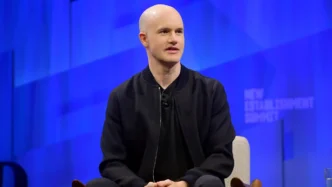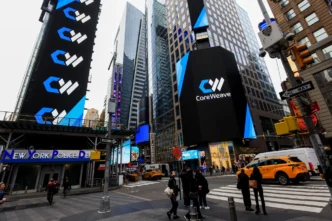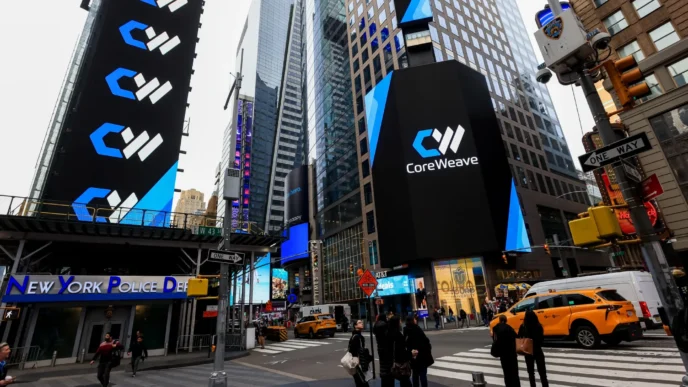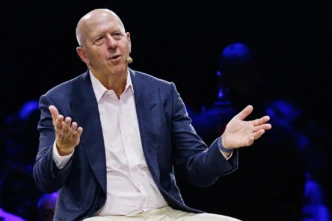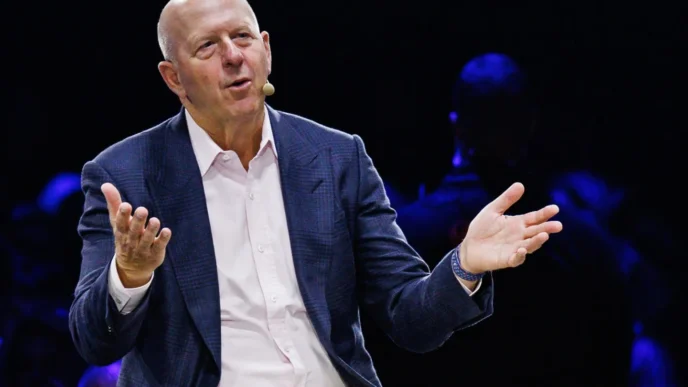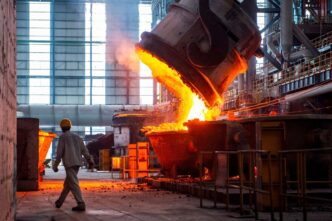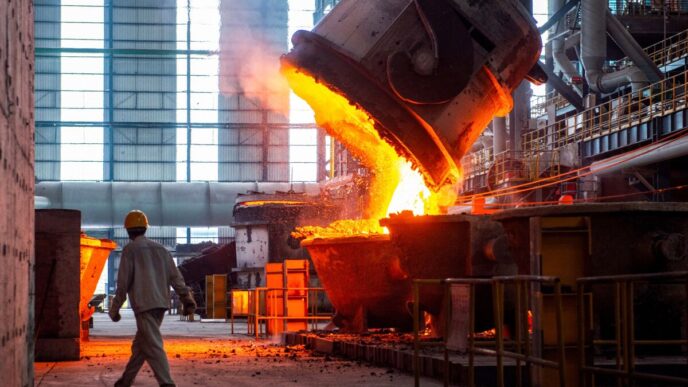Few stories in modern Silicon Valley capture both the volatility and vision of innovation as vividly as that of Brian Armstrong and Coinbase. From the chaos of crypto winters to the resurgence of blockchain finance, Armstrong has guided Coinbase through some of the most turbulent years in tech history—emerging not just as a survivor, but as one of Silicon Valley’s defining leaders of the decade.
Now, as Coinbase’s market capitalization climbs past levels unseen since the crypto boom of 2021, and its influence across the digital asset ecosystem deepens, investors and analysts are reassessing Armstrong’s legacy. Once dismissed as an idealist chasing an unstable dream, the Coinbase CEO is increasingly being mentioned in the same breath as Elon Musk, Jeff Bezos, and Mark Zuckerberg—a founder who not only disrupted an industry but redefined what it means to build for the future.
From Crypto Chaos to Market Resurgence
Coinbase’s resurgence is as much a testament to Armstrong’s endurance as it is to the company’s strategy. After years of regulatory battles, market collapses, and public skepticism about the future of cryptocurrency, Coinbase has staged a remarkable comeback.
The company’s stock, which once plummeted nearly 90% from its post-IPO highs, has roared back to life amid renewed investor confidence in digital assets. As the U.S. begins laying the groundwork for clearer crypto regulation and institutional adoption accelerates, Coinbase has positioned itself as the de facto infrastructure backbone for mainstream crypto finance.
Armstrong, known for his calm, almost stoic demeanor, has played the long game. While competitors chased hype-driven tokens and speculative products, Coinbase doubled down on compliance, transparency, and technology infrastructure—decisions that have paid off handsomely as the industry matures.
Today, Coinbase isn’t just a trading platform. It’s an ecosystem builder, offering custodial services, blockchain analytics, and on-chain developer tools that bridge traditional finance with the decentralized world.
The Reluctant Celebrity CEO
Unlike many Silicon Valley icons, Armstrong’s leadership style has never been rooted in flamboyance or self-promotion. A software engineer by training and a thinker by temperament, he has long prioritized execution over spectacle.
At the height of the crypto mania, when founders became overnight celebrities and Twitter hype drove valuations, Armstrong remained focused on fundamentals. His commitment to Coinbase’s mission—to “increase economic freedom in the world”—has served as both a rallying cry for his team and a shield against distraction.
Yet, as Coinbase’s latest run cements its place among the most influential fintech firms globally, Armstrong’s quiet discipline has earned admiration from peers and critics alike. He has proven that visionary leadership in tech doesn’t always require theatrics—it can come from focus, consistency, and long-term conviction.
As one Silicon Valley venture capitalist recently remarked, “Brian Armstrong is the anti-Musk of crypto—but that’s precisely why he’s winning.”
Regulation, Resilience, and Reinvention
Perhaps Armstrong’s greatest test came not from market volatility, but from Washington. Over the past three years, Coinbase has found itself at the center of a political and regulatory storm. The company faced lawsuits from the U.S. Securities and Exchange Commission (SEC), uncertainty around crypto classification, and repeated accusations that digital assets were little more than speculative gambling instruments.
Rather than retreat, Armstrong leaned into the confrontation with a combination of strategic pragmatism and open advocacy. Coinbase became the face of crypto’s push for legitimacy—engaging policymakers, launching education initiatives, and urging regulators to create a clear framework for digital assets.
While others complained about the U.S. regulatory environment, Armstrong expanded Coinbase’s international footprint, securing licenses in Europe, Singapore, and the UAE. This global diversification not only insulated Coinbase from U.S. policy risk but positioned it to serve a global wave of institutional clients entering the crypto space.
Now, as governments worldwide begin to embrace blockchain technology more openly, Coinbase stands uniquely poised to benefit—a reflection of Armstrong’s strategic foresight.
The Numbers Behind the Narrative
Coinbase’s financial performance tells a story of steady recovery and structural strength. Transaction volumes have rebounded, institutional custody services are growing, and revenue diversification has improved. The company’s non-trading businesses—staking, stablecoin partnerships, and subscription services—now represent a larger portion of income, reducing exposure to market volatility.
Meanwhile, Armstrong’s push for operational efficiency has paid off. After painful rounds of layoffs and cost-cutting during the crypto downturn, Coinbase has emerged leaner and more profitable. The firm’s focus on sustainable margins rather than speculative growth has been welcomed by Wall Street, with analysts now citing Coinbase as a “blue-chip crypto stock” rather than a high-risk experiment.
Investors are responding accordingly. Coinbase’s recent stock rally has lifted its valuation by tens of billions of dollars, bringing Armstrong’s personal net worth to new heights and solidifying his status as one of Silicon Valley’s wealthiest founders.
A Leader Redefining Crypto’s Future
Beyond financial metrics, Armstrong’s vision for Coinbase is evolving. He has often spoken about the company’s transformation from a simple exchange to a “crypto operating system for the world.”
Under his leadership, Coinbase has launched Base—a blockchain platform designed to support decentralized applications and infrastructure. The move marks a strategic shift toward enabling developers, businesses, and institutions to build on-chain experiences that go beyond trading.
In Armstrong’s view, the next phase of crypto won’t be defined by speculative bubbles but by real-world utility—payments, identity, decentralized finance, and ownership models powered by blockchain. Coinbase’s growing influence across these sectors reinforces his conviction that crypto’s long-term potential remains vastly untapped.
Brian Armstrong’s Place in Silicon Valley’s Legacy
The pantheon of Silicon Valley leaders has always celebrated those who turn adversity into advantage—founders who navigate skepticism and crisis to reshape their industries. Brian Armstrong now stands firmly among them.
His story mirrors that of innovators who built through doubt: Musk’s early struggles with Tesla, Bezos’s long march toward Amazon profitability, and Zuckerberg’s evolution from a college coder to a global business titan.Armstrong’s version of that journey has unfolded not in electric cars or e-commerce, but in a financial revolution as profound as any the Valley has seen.
Coinbase’s resurgence represents more than a corporate turnaround—it’s a philosophical victory for a founder who believed that open financial systems could coexist with regulatory clarity and investor trust.
The Road Ahead
Of course, challenges remain. Crypto markets remain unpredictable, global regulation is still fragmented, and new competitors—from traditional banks to decentralized exchanges—are closing in. But if the past few years have proven anything, it’s that Armstrong thrives in uncertainty.
He has built Coinbase not as a speculative platform, but as a bridge between old finance and the new digital economy—a bet that, if it continues to pay off, could make Coinbase as influential to 21st-century finance as PayPal or Visa was to the last.
In doing so, Brian Armstrong has become something rare in Silicon Valley today: a founder who not only survived multiple cycles of hype and despair but emerged stronger after each one.
And in the annals of tech history, that resilience may prove to be the ultimate mark of greatness.

